Microsoft Surface Earbuds review: these new Earbuds certainly have plenty of, well… surface
And you thought all wireless in-ear monitors looked the same...
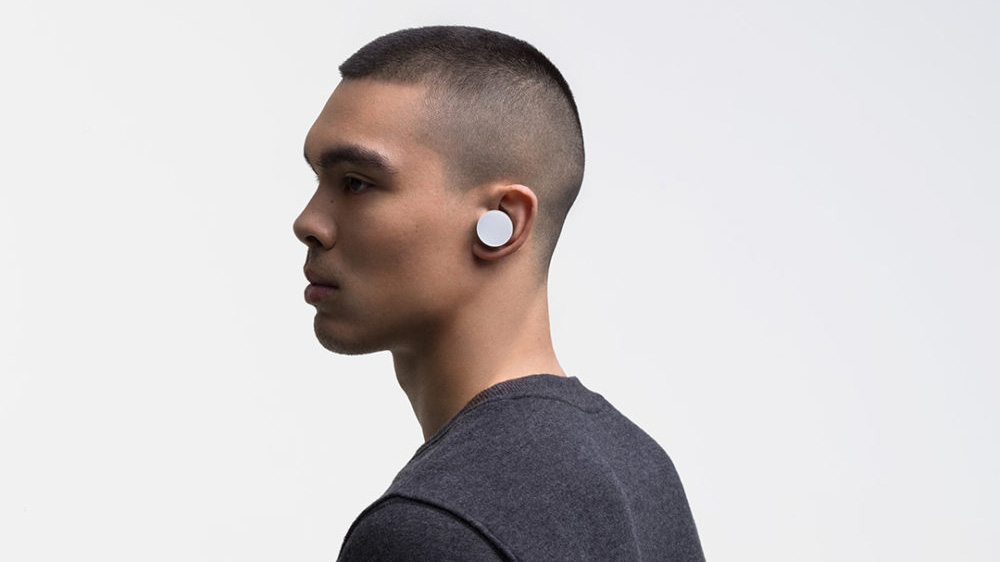
Some people will hanker after more drive, more attack. But if the sonic signature suits you, and especially if you’re a Microsoft fan to start with, the Surface Earbuds demand consideration.
-
+
Articulate, insightful sound
-
+
Extensive voice-, touch- and app control
-
+
Comfortable fit
-
+
Seamless integration with the Microsoft ecosystem
-
-
Idiosyncratic looks
-
-
No active noise-cancelling
-
-
So-so battery life
-
-
Could sound more energetic
Why you can trust T3

The Microsoft Surface Earbuds review in a sentence: once you’ve reconciled yourself to those, umm, distinctive looks there’s a lot to enjoy about the Microsoft Surface Earbuds.
They sound grown-up and eloquent, even if they’re far from the liveliest-sounding earbuds around. They’re comfier than they look. And if you’re already a dedicated Microsoft user they’re a kind-of compulsory purchase.
Shop Microsoft Surface Earbuds at Amazon UK
Microsoft Surface Earbuds: price and battery life
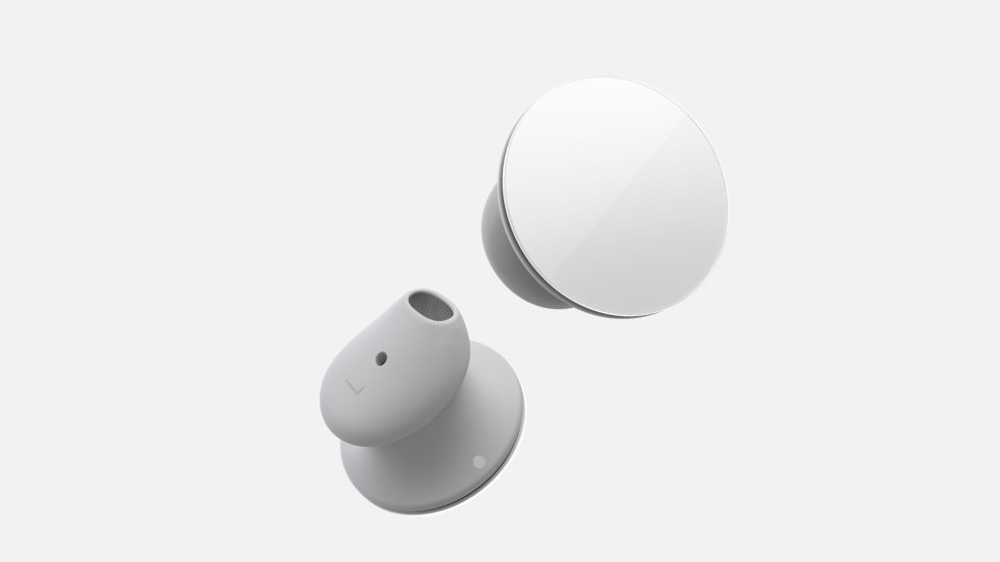
Microsoft’s Surface Earbuds are on sale now - they’ll set you back £199 a pair. That makes them a predictable $199 in the United States, while Australians are looking at more like AU$319. That money buys you two Earbuds, a sizable charging case and a selection of differently sized eartips.
GIven the size of the Earbuds themselves (25mm in diameter) and the case they charge in (75 x 33 x 25mm), an all-in battery life of 24 hours is just a little disappointing. There’s 8 hours of power contained in the ‘buds themselves, plus another two full charges in the case - and just 10 minutes in the charging case is good for an hour of playback.
Microsoft Surface Earbuds: build quality and design
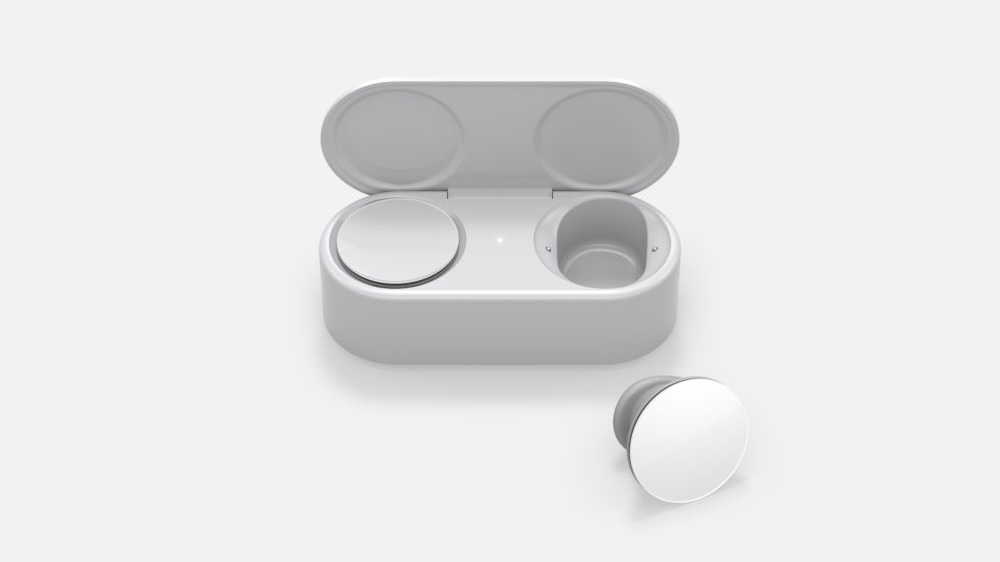
We’ve established that the Surface Earbuds (and the case they charge in) are on the large side. At 7.2g per Earbud and 40g (when empty) for the case, they’re relatively heavy too. But at least those biggish numbers suggest decent build quality - and that’s exactly how things turn out.
The design of the Earbuds is also a lot more promising than it looks when it comes to comfort. They use the ‘twist-to-fit’ action so beloved of in-ear monitors by Shure (for example), and once you’ve established whether you’re a ‘S’, ‘M’ or ‘L’ where the eartips are concerned they fit securely and without feeling their weight. Microsoft implores you to bear in mind that your ears may be different sizes - and it’s worth investigating the eartip sizes thoroughly, because a lot of the security of fit (and quality of sound) depends on getting the right size.
They don’t feel all that secure, at least not initially. Because the Earbuds don’t form anything like as complete a seal as most in-ear headphones, they can feel quite loose at first. The fit proves stable, though - more than secure enough to stay nicely in place should you have to break into a run, for instance. By which we mean running for the bus or something, obviously - if you want earbuds for running in, these aren’t them. The relaxed nature of the Microsoft fit means more ambient sound than is the norm leaks in - and , of course there’s no active noise-cancelling to negate it.
In terms of interface, the Surface Earbuds are among the very best around. The touch controls (‘volume up/down’, ‘skip forwards/backwards’, ‘play/pause’, ‘answer/end call’ and ‘summon voice assistant’) work beautifully, thanks in part no doubt to the relative expanse of touch surface. If you summon a voice assistant, you can call on Google Assistant, Amazon Alexa, Siri… even Bixby. If you use the tidy, stable Surface Audio app, there’s ample EQ adjustment available.
And if you’re partial to Microsoft already, the Surface Earbuds are a dream. Use ‘Swift Pair’ to pair to your Windows 10 PC, and from there you’ve seamless compatibility with Microsoft 365, Word, Outlook, PowerPoint and all the rest.
Wireless pairing for audio is achieved using Bluetooth 4.2, which is a step or two away from the cutting edge but is optimised for aptX. Pairing is rapid and stable, and despite the absence of aptX Low Latency we experience no audio/visual sync issues.
Microsoft Surface Earbuds: sound quality
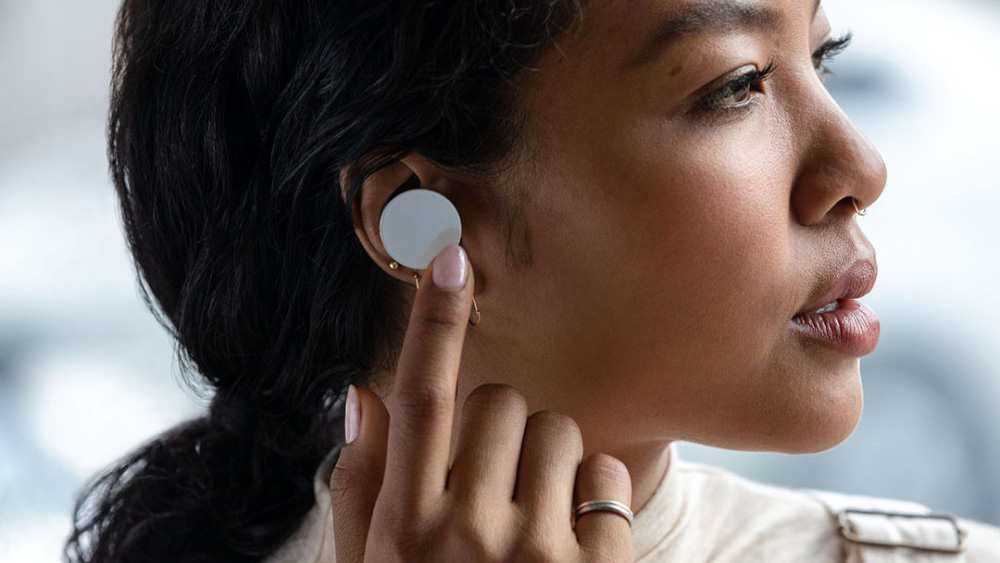
They establish quite a large soundstage, one that’s well defined and easy to understand. And while they’re eager to supervise the sound a little more than is perhaps ideal, the Microsoft have enough dynamism to make the differences between ‘the quiet part’ and ‘the loud part’ completely obvious. And even if the recording you’re listening to is complex, with lloyds of competing instrumental strands, the Surface Earbuds have little trouble knitting it all together in a pretty natural and unforced manner.
As already observed, at first acquaintance you’re going to need a minute or two to get used to the way the Surface Earbuds feel in situ and the amount of external noise they allow in. Once you’re accustomed to them, though, there’s a lot to enjoy about the sound the Microsoft deliver.
aptX compatibility means high-resolution FLAC or Tidal Masters files can be dealt with, and when listening to a big file there’s gratifying punch to the low frequencies, ample detail in the midrange and just a hint of ‘safety-first’ reticence at the top end. But, perhaps even more pertinently, the Surface Earbuds don’t go to pieces if you listen to some smaller and more proasic file sizes either.
A stream from Spotify’s free tier demonstrates really impressive tonal balance. Despite real weight and depth to the bottom end, it doesn’t loaf about - instead the Earbuds snap into and out of individual bass notes with real conscientiousness. The bass is detailed and textured, and is solid enough for the rest of the frequency range to ride on.
The midrange is equally accomplished, with lots of fine detail revealed about a singer’s technique - as a consequence, voices are loaded with character. There’s just as much control on display here as lower down the frequency range, too, which makes for a very organised sound - although there’s a slight shortage of attack and dynamism as a result.
Microsoft had chosen to limit the Surface Earbuds’ maximum volume to 108dB, which is sensible or nannying depending on your point of view. It’s also chosen to roll off the very highest frequencies somewhat, which - again - can be interpreted one of those two ways. There’s brilliance and substance to the top end of the frequency range, mind you - just not quite the out-and-out attack many rival in-ears can serve up. Some judicious fiddling with the EQ levels in the app can deliver a little more top-end bite, but not without skewing the overall audio balance more than is ideal.
Microsoft Surface Earbuds: verdict
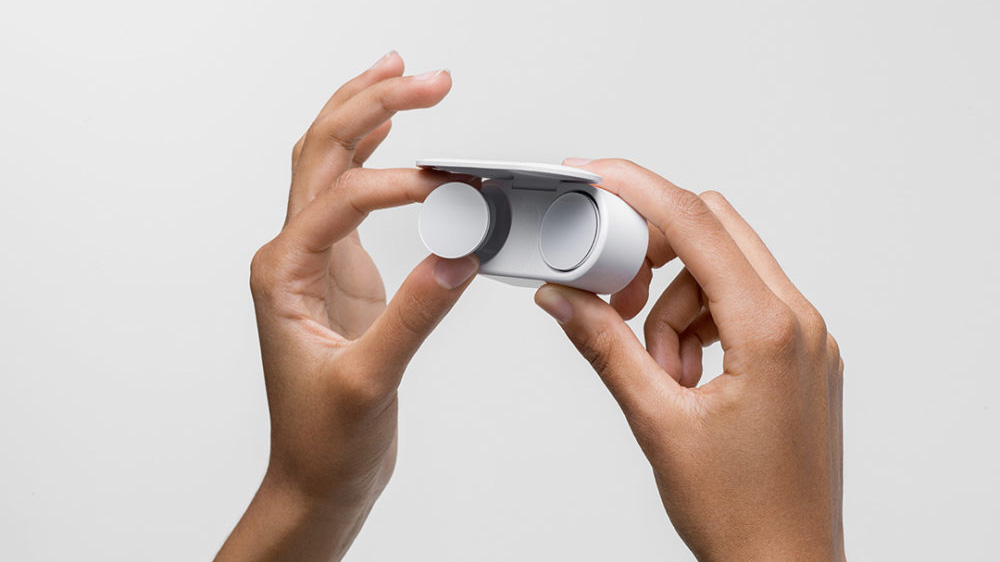
Apart from Apple’s AirPods, the Microsoft Surface Earbuds are about the only in-ears that have such an open fit. And like Apple’s AirPods, the Surface Earbuds are a bit daft-looking. But if you can get over both of those hurdles (if you consider them hurdles at all), there’s a lot to like about the big, open and detailed sound the Earbuds are capable of generating.
Some people will hanker after more drive, more attack - and it’s true, many an alternative design sounds a little more forthright. But if the sonic signature suits you, and especially if you’re a Microsoft fan to start with, the Surface Earbuds demand consideration.
Shop Microsoft Surface Earbuds at Amazon UK
Also consider…
Sign up to the T3 newsletter for smarter living straight to your inbox
Get all the latest news, reviews, deals and buying guides on gorgeous tech, home and active products from the T3 experts
Simon Lucas is a freelance technology journalist and consultant, with particular emphasis on the audio/video aspects of home entertainment. Before embracing the carefree life of the freelancer, he was editor of What Hi-Fi? magazine and website – since then, he's written for titles such as Wired, Metro, the Guardian and Stuff, among many others. Should he find himself with a spare moment, Simon likes nothing more than publishing and then quickly deleting tweets about the state of the nation (in general), the state of Aston Villa (in particular) and the state of his partner's cat.
-
 How to watch Mario Kart World Direct – everything you need to know about the Switch 2 launch game
How to watch Mario Kart World Direct – everything you need to know about the Switch 2 launch gameNintendo will host a new Nintendo Direct presentation this week, here's how to watch it live and what to expect
By Rik Henderson Published
-
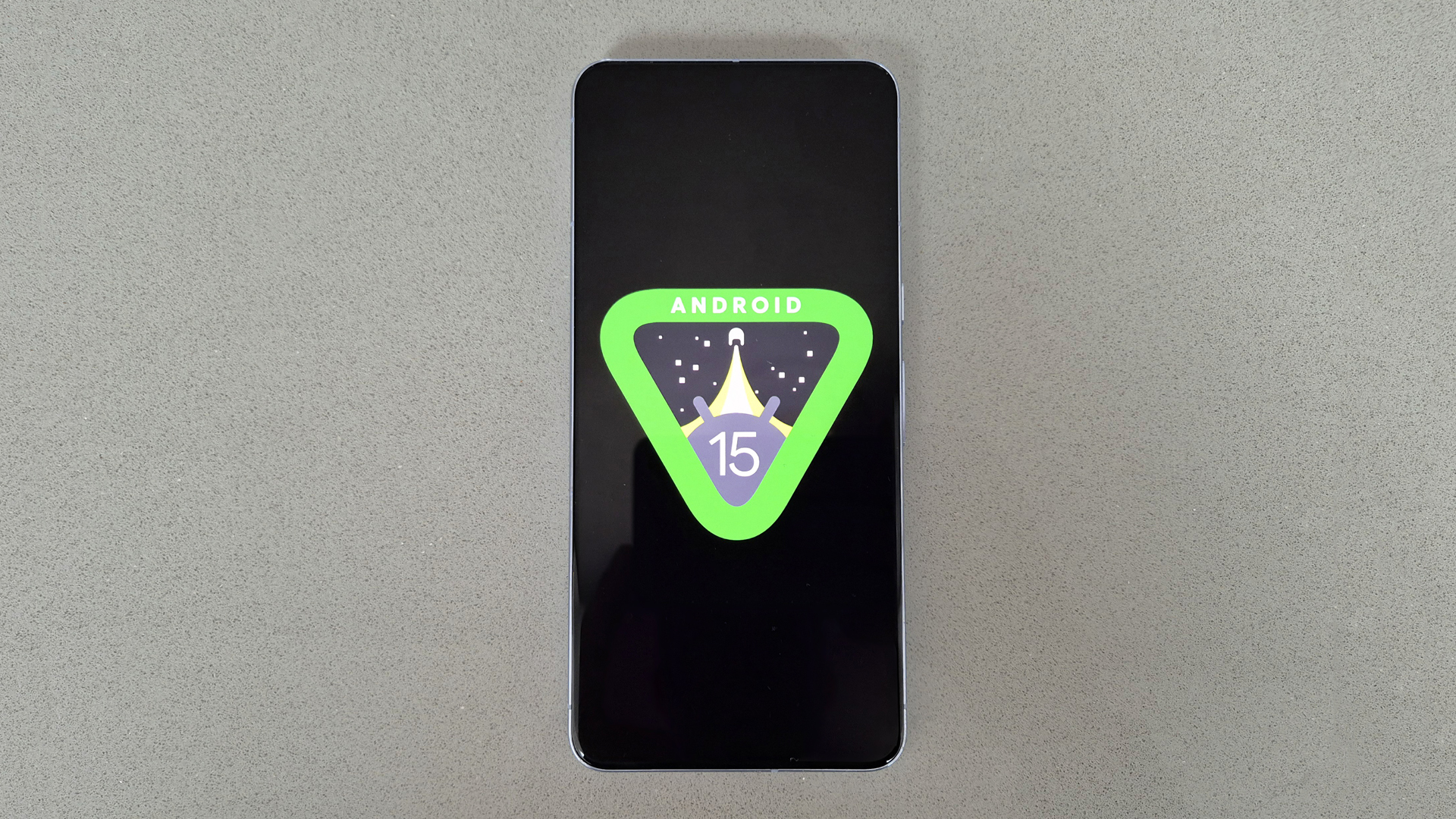 Google delivers bad news for budget Android phones
Google delivers bad news for budget Android phonesCheaper Android phones might need to change to meet new Google rules
By Chris Hall Published
-
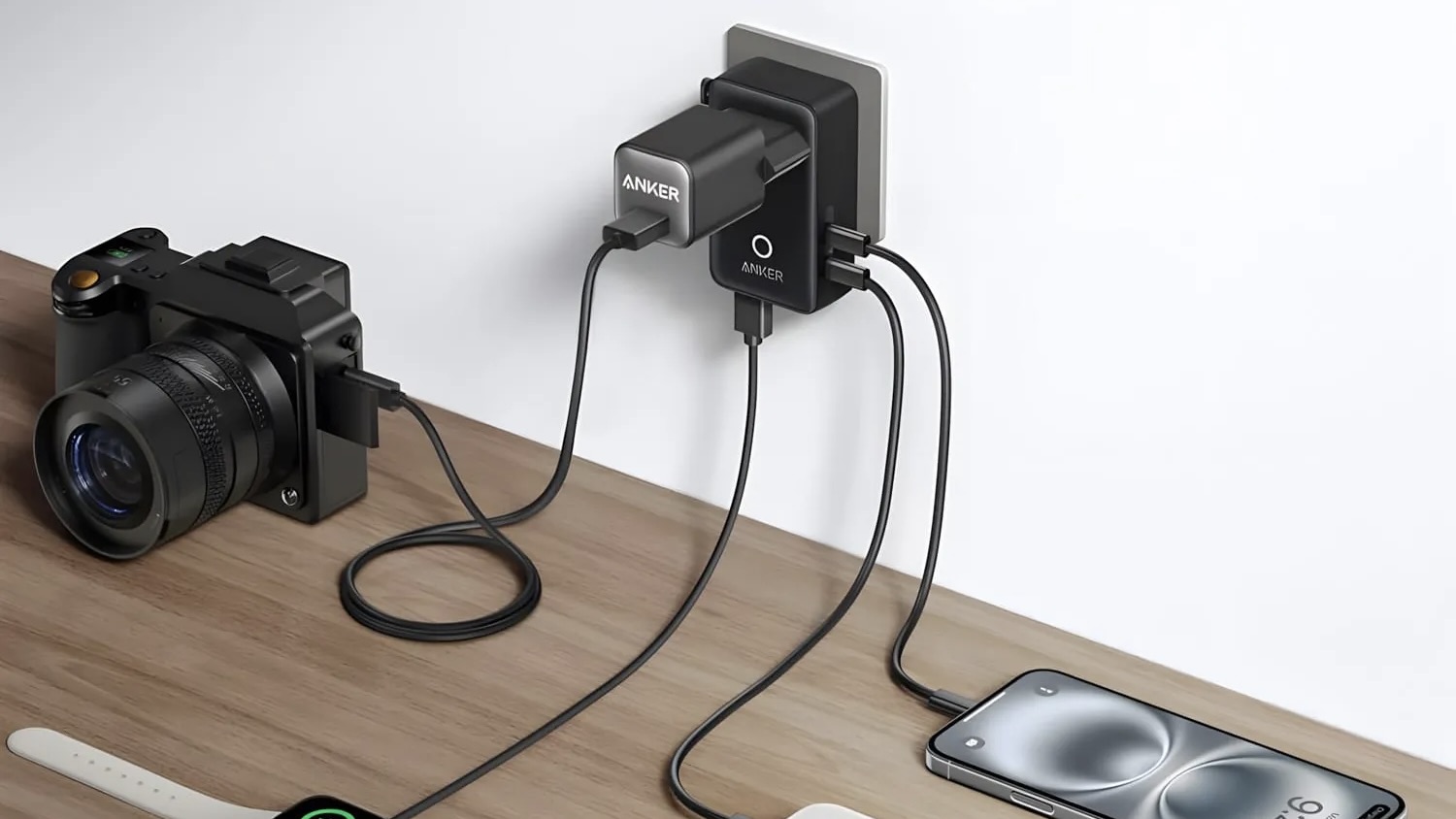 Anker's new 5-in-1 travel adapter is now available in more countries – phew!
Anker's new 5-in-1 travel adapter is now available in more countries – phew!It works in over 200 countries
By Lizzie Wilmot Published